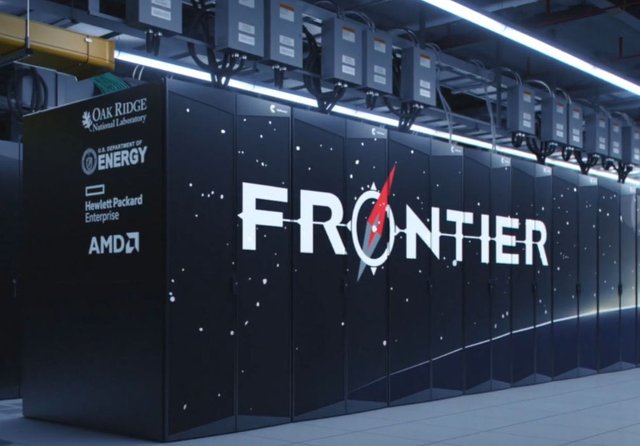Solved Mystery of element expelled by supernovas.

Imagine a scenario where the mysteries of the universe begin to be revealed thanks to the power of Next Generation computing, recently nuclear physicists at ORNL, Oak Ridge National Laboratory achieved impressive progress in this field.
Using the most powerful supercomputer in the world, the Frontier came close to solving an Enigma that for decades has intrigued the scientific community, the magnetic properties of the atomic nucleus of calcium 48, a special atom, famous for its stability, its nucleus is composed of 20 protons and 28 neutrons, a combination that scientists call doubly magical, however, the magnetic behavior of this nucleus has been a point of debate since the 1980s, when initial experiments with beams of protons and electrons suggested a magnetic transition force which years later was questioned by new experiments with gamma rays.
These discrepancies created stalemate among physicists, generating confusion about the true magnetic behavior of calcium 48. To resolve this question, researchers at Oak Ridge National Laboratory turned to the Frontier supercomputer, an exa-scale machine capable of performing more than a quintillion calculations. per second.
With this computational power they were able to perform extremely precise simulations that finally confirmed the results of the gamma ray experiments ending the long-standing debate, the simulations revealed intriguing details about the behavior of the nucleon pairs protons and neutrons within the nucleus during the transition. magnetic.
One of the most fascinating results was the discovery that these continuous effects reduced the strength of the magnetic transition by approximately 10% and surprisingly, contrary to what was believed in some cases, interactions between pairs of neutrons even slightly increased that strength. .
These discoveries not only clarify nuclear physics, but also have profound applications for astrophysics, calcium 48 is found in abundance in supernovae, those massive stellar explosions that disperse elements throughout the cosmos, and neutrinos subatomic particles crucial in this process interact ways that can be better understood thanks to this research, as explained by physicist Vijay Acharya, “the physics that describes the strength of the magnetic transition in calcium 48 also describes how neutrinos interact with matter, which could influence the way in which that we understand supernova explosions and the creation of elements in the universe.”
This advance is not only a step forward in the understanding of nuclear physics but also a window into the future of human knowledge about the fundamental forces that shape the Cosmos.
Thank you for visiting my blog. If you like posts about #science, #planet, #politics, #rights #crypto, #traveling and discovering secrets and beauties of the #universe, feel free to Follow me as these are the topics I write about the most. Have a wonderful day and stay on this great platform :) :)
! The truth will set us free and science is the one that is closest to the truth!


TEAM 5
Downvoting a post can decrease pending rewards and make it less visible. Common reasons:
Submit